Geofencing in Business: 6 Real-World Geofencing Examples
Did you know that according to a report by report by Zipdo, around 8 in 10 consumers are willing to share location data with businesses they find valuable? With the rise of remote work and the increasing need for cybersecurity, businesses face numerous challenges. One solution to these challenges is geofencing.
Geofencing is a virtual boundary set up around a geographical location. Using GPS, RFID, Wi-Fi, or cellular data, this boundary triggers pre-set actions when devices enter or exit the defined area. For businesses, these boundaries can offer real-time insights, target advertising more efficiently, or enhance operational processes.
From tracking shipments in transportation to managing patient care in healthcare, geofencing is transforming industries. Here, we explain geofencing and reveal six compelling real-world geofencing examples revolutionizing businesses.
Types of Geofences: Radius and Polygonal
Before we provide you with some geofencing examples, it’s important to explain the types of Geofences available. Geofences primarily fall into two categories: radius-based and polygonal.
Radius-Based Geofence
A radius-based geofence is defined by a central point, such as an address, encompassed by a circular boundary. It's suitable for targeting general areas like malls or parks.

Polygonal Geofence
Polygonal geofences are created using multiple points, forming a polygon perfect for outlining irregular or specific territories, such as a district or coastline. For precision mapping, a polygonal geofence is the optimal choice.
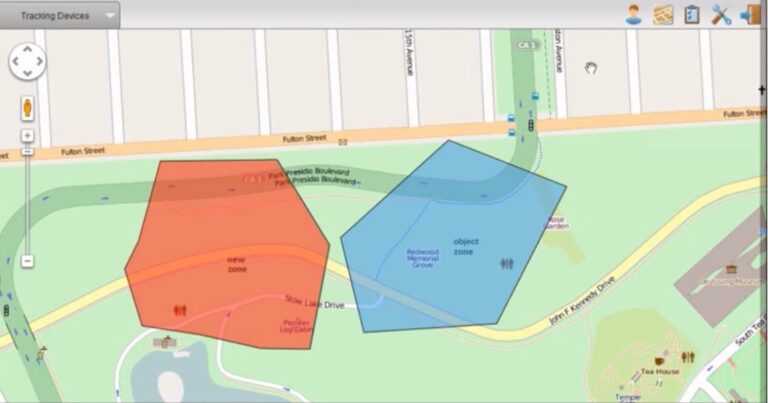
Common Geofence Events: Enter, Exit, and Dwell
To get the most out of geofencing technology, all businesses need to understand what geofence events are. The three most common geofence events are “Enter”, “Exit”, and “Dwell”.
Let’s outline what they are:
The “Enter” Event
This is triggered when a device crosses the established geofence boundary.
“Enter” events are particularly useful for industries like transportation, where logistics supervisors can receive alerts as trucks approach warehouse areas, facilitating prompt unloading.
Similarly, hospitals can use geofencing to ensure ambulances arrive on schedule, which can lead to improved patient outcomes.
The "Exit" Event
This is triggered when a device leaves the designated geofence area.
“Exit” events essentially allow companies to mark the end of an employee's shift or monitor assets leaving a premise. Moreover, in logistics, marking when a vehicle departs from a delivery location ensures correct procedures are followed.
The "Dwell" Event
It recognizes when a device remains within a geofence for an extended period of time.
For instance, healthcare professionals can receive alerts if patients stay too long in a zone, indicating they may be lost or need assistance.
What's more, businesses can use this event to evaluate employee productivity in certain areas or sectors.
Geofencing Examples for Businesses: Real-world Applications
Now that you have a basic understanding of geofencing events and their technological underpinnings, it should be clearer how varied industries might deploy this tool for tangible benefits.
If you’re still wondering about geofencing applications, do not worry. Below are some geofencing examples which show you how different sectors harness geofencing's immense potential.
1Retail
The retail landscape, always at the nexus of demand and supply, constantly adapts to consumer behavior and technological advancements. Companies like Target can use geofencing as a catalyst for retail innovation. Here’s a number of ways how:
● Location-Based Offers: Imagine shoppers receiving personalized deals on their smartphones as they approach or enter a store, enhancing their in-store experience and increasing the likelihood of purchases.
● Inventory Management: By geofencing warehouses and backrooms, retailers can get alerts when stock levels fall below a certain threshold or when shipments enter or leave, optimizing inventory turnover.
● Enhanced Customer Insights: Retailers can track the foot traffic of opted-in customers, understand which store sections are most frequented, aiding in-store layout decisions and targeted marketing campaigns.
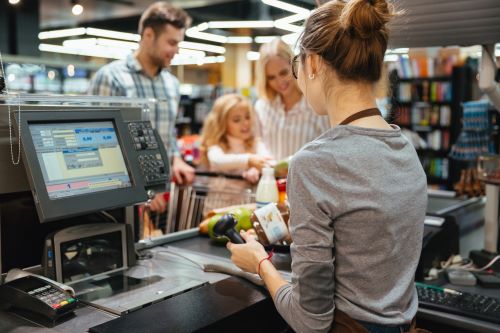
2Logistics and Transportation
The logistics and transportation sector is dynamic, continually seeking operational efficiencies and improved customer service. With geofencing, companies like Eddie Stobart Ltd can unlock multiple innovative solutions.
For example:
● Delivery Precision: Imagine a delivery service that notifies customers as their package is about to arrive, thanks to geofenced destinations. This minimizes missed deliveries and optimizes route planning.
● Fleet Safety and Efficiency: Geofencing can ensure that drivers adhere to designated routes. The central command alerts if a truck veers off its expected path or enters a restricted zone. This not only saves fuel but ensures timely deliveries.
● Secure Transportation: High-value cargo or sensitive goods can be monitored with stringent geofencing, triggering alerts for unscheduled stops or route deviations, thus enhancing security.

3Healthcare
Healthcare, a sector vital to human well-being, continuously strives for improved patient outcomes and operational efficiencies. Through geofencing, companies like CVS Health can unlock several transformative benefits as outlined below:
● Patient Tracking: For patients with cognitive impairments or those prone to wandering, geofencing can alert staff if these individuals leave safe zones, ensuring their safety and swift care.
● Resource Allocation: In large hospitals, geofencing can signal the movement of vital equipment. This ensures that resources like beds or critical mobile equipment are returned to designated areas, improving availability.
● Visitor Management: Hospitals can control and monitor visitor access, ensuring they remain within permitted areas, safeguarding patient privacy and reducing potential disruptions.
● Emergency Response: In the event of a critical situation, geofencing can assist with headcounts, ensuring all staff and patients are accounted for and directing evacuations if necessary.
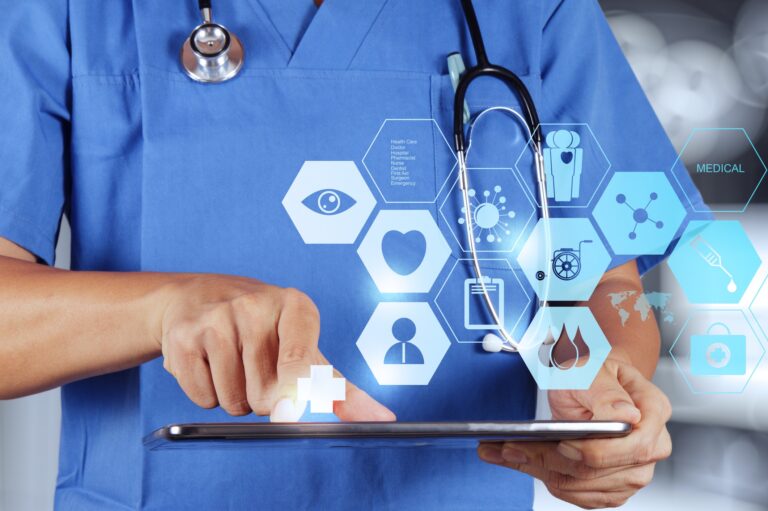
4Agriculture
Agriculture is one of the world's oldest industries existing for over 12,000 years. Nevertheless, as with any other industry, it continuously needs to innovate and update itself with modern technology to stay afloat. Geofencing offers novel solutions to streamline agricultural operations for companies like ADM such as:
● Livestock Monitoring: Envision farmers receive notifications if livestock wanders outside of designated grazing areas. This ensures the safety of the animals and protects crops from potential damage.
● Crop Health Alerts: By pairing geofencing with soil sensors, farmers could be notified if a specific section of their crop displays signs of distress, allowing for timely interventions.
● Equipment Tracking: Agricultural equipment is valuable. With geofencing, any unscheduled movement of machinery outside specified zones can trigger alerts, ensuring the security of assets.
● Water Management: Geofences around irrigation zones and moisture sensors can optimize water distribution based on real-time field conditions.
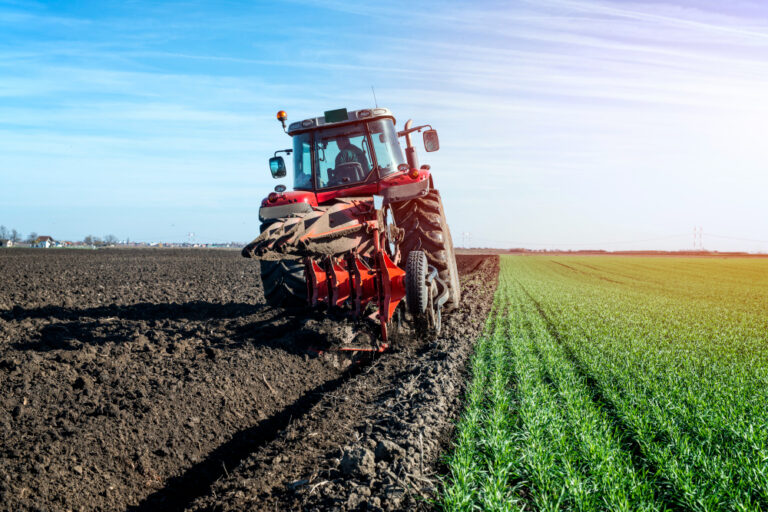
5Construction
With its multifaceted operations and dynamic sites, the construction sector is ripe for technological enhancements. Construction companies like Gilbane can experience various challenges. Here's how geofencing can bring innovative solutions to help solve them:
● Equipment and Asset Management: Consider the convenience when site managers receive alerts if machinery or tools are moved outside designated work zones, reducing risks of theft or misuse.
● Worker Safety: By geofencing hazardous areas, managers can ensure that only trained personnel access these zones. Alerts can be sent if unauthorized individuals approach, thus preventing potential accidents.
● Project Progress Tracking: By setting up geofences around specific project milestones, managers can receive notifications when work begins in that area, helping to keep projects on schedule.
● Time and Attendance: Automate clocking in and out for workers. When workers enter or exit the job site, their hours can be accurately tracked, ensuring accurate payroll and monitoring work schedules.
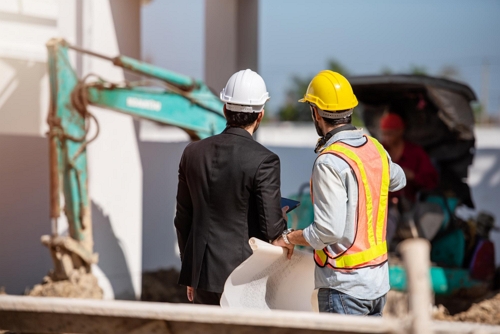
6Human Resources
Human Resources, the linchpin of company functions, oversees workforce nuances. Geofencing brings forth innovative approaches to amplify HR processes. Here’s a number of ways how:
● Automated Time-Logging: Envision the seamless logging of employee hours as they walk in or out of the office, guaranteeing precise record-keeping and punctual salary disbursement.
● Remote Work Oversight: For firms operating remotely or across varied locations, geofencing aids in verifying the actual presence of employees at stipulated work sites during business hours.
● Safety Adherence: In sectors where safety is paramount, geofences can send alerts when employees access risk-prone areas without authorization or safety equipment.
● Training & Event Attendance: Utilizing geofencing during organizational training or events can assure regular attendance tracking, confirming the involvement and presence of attendees.
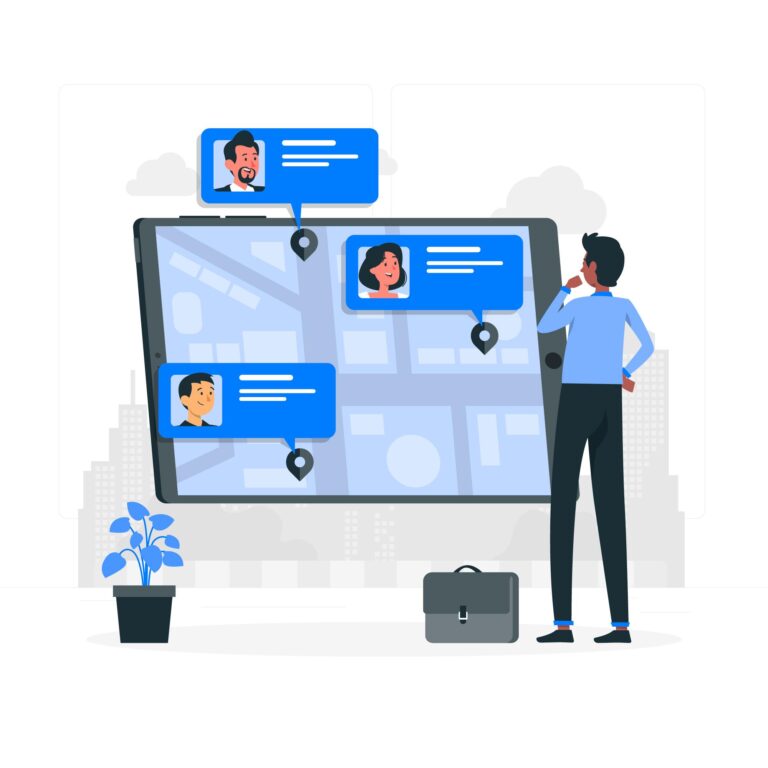
Each of these geofencing examples demonstrates the diverse power and utility of geofencing in a range of scenarios and industries. This illustrates its flexibility as a business tool.
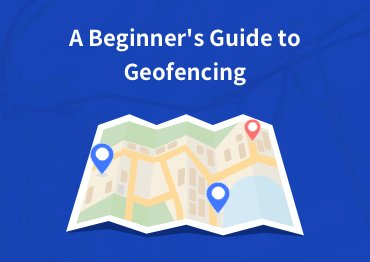
A Beginner's Guide to Geofencing
If you want deeper insights into how geofencing can help you manage your devices and boost your workforce productivity, you’ll want to grab our Geofencing guide. It’s loaded with detailed information to help you make the best decision for your organization's needs.
Track Business Android Devices with MDM Geofencing
Mobile Device Management (MDM) systems are essentially platforms that enable businesses to manage, secure, and monitor an organization’s mobile devices. Products like ours at Airdroid Business have dramatically transformed how businesses manage their fleet of devices.
Adding a geofencing layer to MDM can elevate this management to new heights. Here's how:
Monitor Device Movement
Geofencing allows real-time tracking of each device's location. Whether it's a delivery person's tablet or a sales representative's smartphone, any movement outside designated zones can trigger alerts.
See Your Assets in One Place
With all devices on a geofenced MDM platform, managers can get a more complete picture of all assets on a single dashboard, simplifying inventory checks and device maintenance.
Track and Secure Devices
If a device moves outside its geofence, instant notifications can initiate protocols to remotely lock the device or wipe sensitive data, ensuring protection against potential breaches.
Improve Route Efficiency
Geofencing can be a valuable tool for businesses that rely on a mobile workforce. For example, it can analyze employees' travel routes and offer insights which improve their travel paths and reduce transit times.
![]()
Conclusion: Navigating the Geofencing Landscape
Geofencing is a transformative technology, and we’ve shown you a number of geofencing examples with tangible applications across various sectors, from retail to construction. Geofencing’s unique ability to designate, monitor, and act upon virtual boundaries offers businesses newfound control and insights.
When Geofencing is combined with MDM, safeguarding and tracking company assets achieve new heights. Irrespective of the industry, geofencing promises a unique blend of improved performance, safety, and flexibility, equipping your business for the current challenges you face and any others in the future.





Leave a Reply.